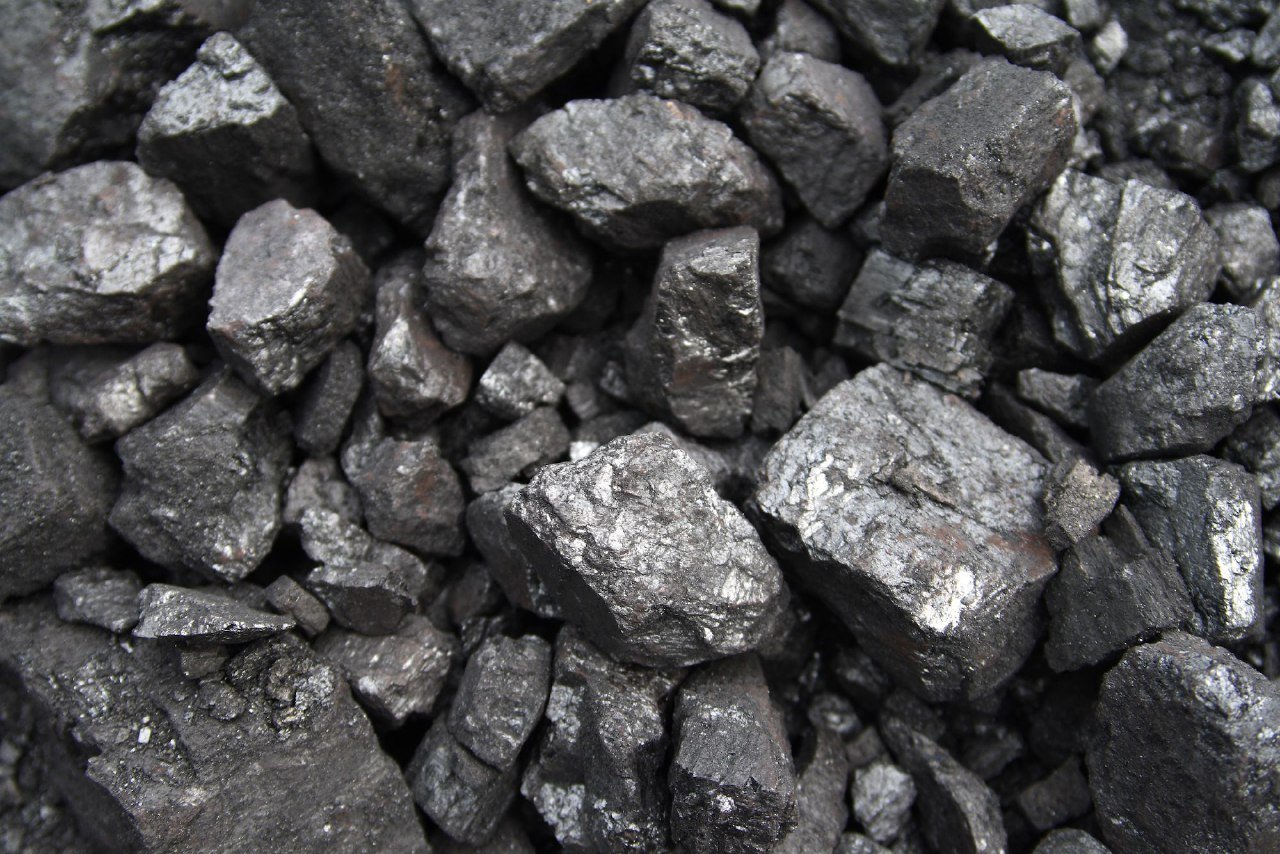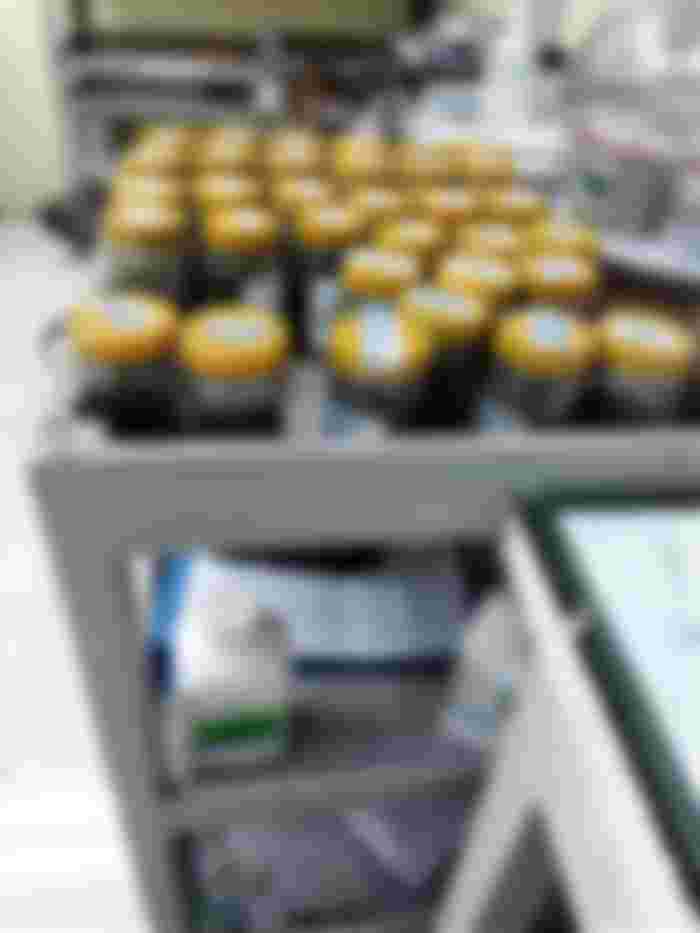All because of coal

It’s Valentine’s day today! And guess how I celebrated it! By dating my samples XD
Yes, I lack a solid love life so I have no special someone to go on a date with but at least I got paid for my time ;;w;; can your date pay for your time? (Okno that’s mean). Also, I had to do overtime and I started on this article while I was waiting for my last batch of coal samples to be ready for reweighing. Might as well stay productive while I’m already productive, right?
Anyways, since I’ve been posting so much about coal on my noise.cash account, I thought that I might as well write about it. This isn’t a study of sorts but it is good to appreciate commodities that people otherwise take for granted.

So coal. In most cases, it’s used as a power source, especially for big countries and first world countries. Or countries that have a coal deposit somewhere. But then, what people don’t know is that it has many more uses such as metal production. Yes, coal is used for making metals that we use in construction. It’s also used for cement production. The key ingredients for cement is usually a byproduct of coal. It’s also the source of your LPG (liquefied petroleum gas) and is often further processed into other chemicals like methanol, ammonia and urea. Those which are either used in the lab or are mixed into the fertilizers that the agricultural sector uses.
But wait, didn’t energy and LPG come from fossil fuels? Well, coal is a fossil fuel. Please correct the knowledge that fossil fuel comes in liquid form like what you see in cartoons. Fossil fuel is extracted as coal, and sometimes as this thick black liquid that smells nauseating. And from that coal, they process it into the different materials I mentioned earlier.
Where does my job come in?
Well, in the lab I’m in, coal gets shipped to us straight from the site. It usually comes in lots and batches. So usually, in a batch, you get 10-28 (that’s the highest lot number i’ve tested so far). A lot is like a spot in a site where they get sample from. When inspectors find a deposit, they’ll immediately bag up a portion from each lot and send it to us as soon as possible because if the results are good, it immediately gets extracted and processed for energy or for metals production. Sometimes for gasoline and LPG production too but that depends on the company taht ships to us. The only thing we, as chemists do, is to tag the coal we receive and interpret the data that they need.
The data they usually need is moisture, ash, volatile matter, sulfur content, phosphorus content, carbon, hydrogen and nitrogen content, and the gross calorific value. I won’t disclose any methods here but you should understand that each test here is taken into account for a reason.


Let’s say, one company that focuses on cement production sends in a shipment of coal, they would want the results to focus on the ash and moisture. Fly ash is one of the major cement constituents, and moisture plays an important role in the texture of the cement. So if this company wants to use coal for their cement, they’ll want to find coal deposits that have high ashing yields and very low moisture content.
For example, we get a shipment of coal from a company that focuses on energy production, the key items they would want to know is: what is the gross calorific value this coal sample has. This measures energy and if this coal sample is high energy, it would be a site for coal mining. If not, they usually auction it out to companies that also use coal for different commodities.
Auctioning it is pretty rare though unless the company inspects different countries. But I'll save that for another article. This is all from me today ❤️



Interesting. My coal looks like bars, bars of black gold. I would prefer to have the small parts it's easier to use in my stove. To be honest I like the smell of it. 🤐